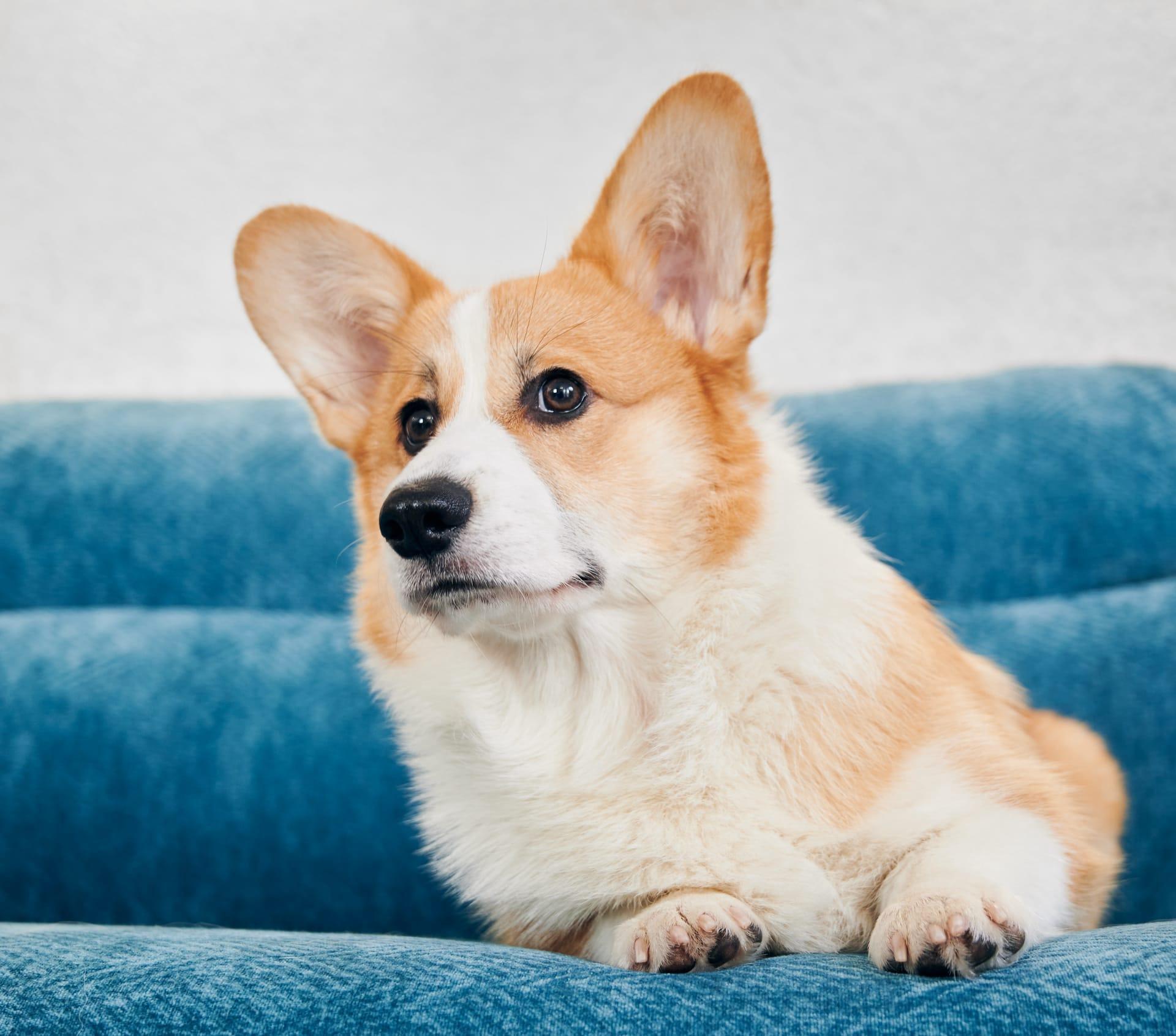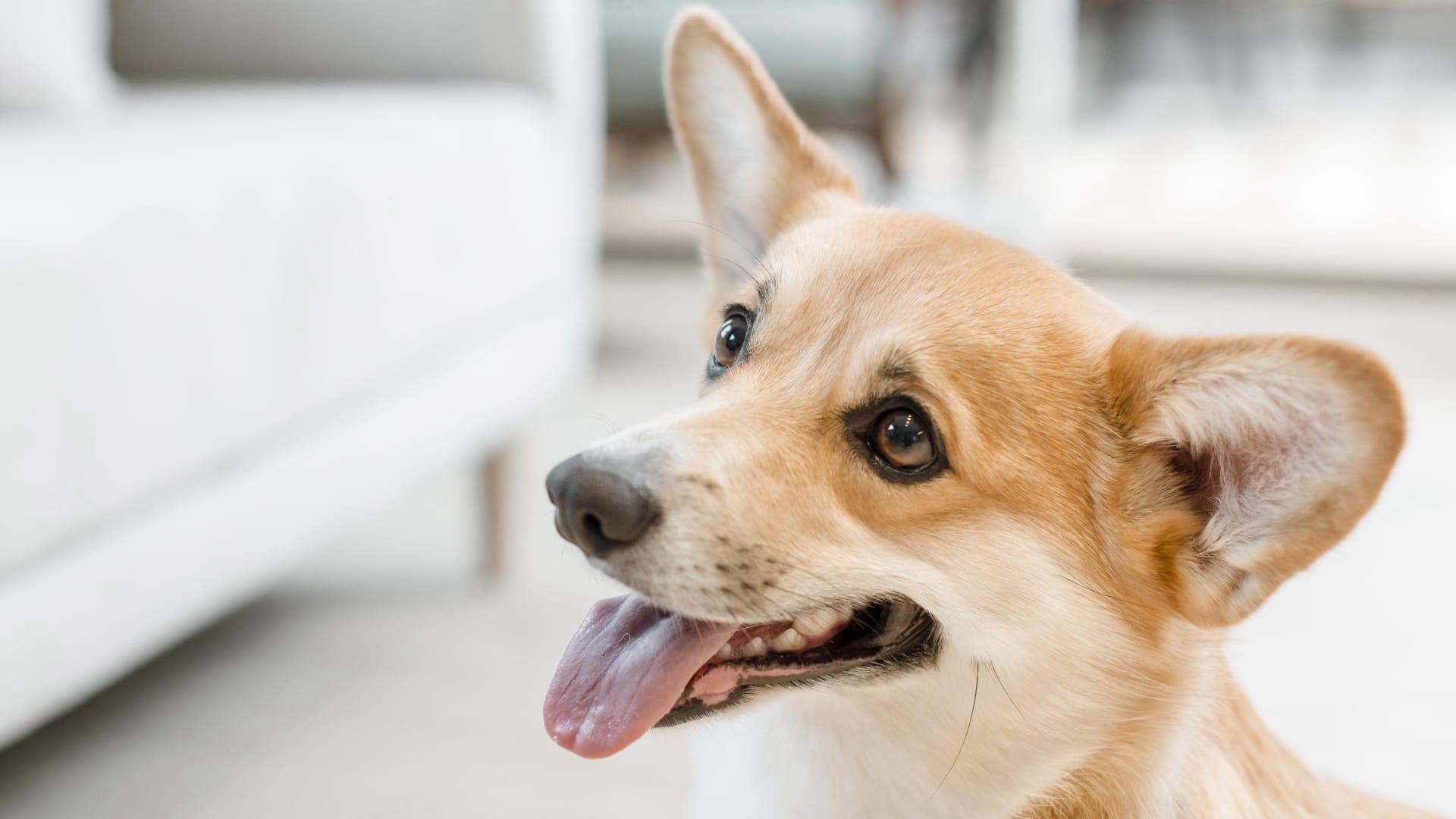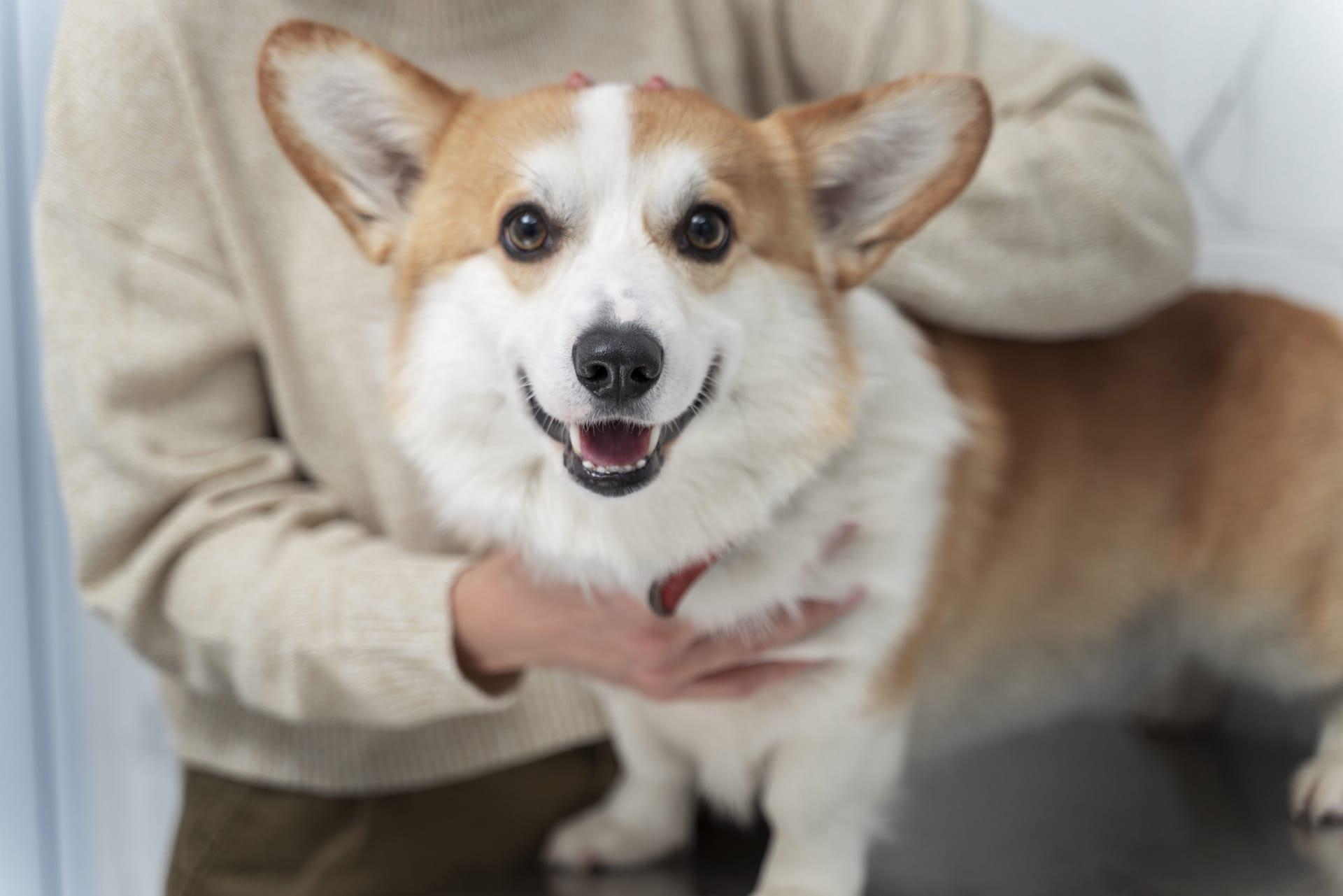Corgi
- Home /
- Mini Encyclopedia /
- Animal /
- Corgi
1
The Corgi, a delightful breed, belongs to the Canidae family, specifically within the genus Canis. Scientifically, they are designated as Canis lupus familiaris. There are two main types: the Pembroke Welsh Corgi and the Cardigan Welsh Corgi. The former is known for its docked tail and slightly smaller size, while the latter boasts a long tail and a larger frame. Both varieties share a common ancestry, which traces back to the Teckel family dogs, the same line that produced the Dachshund.
Corgis are primarily found in the United Kingdom, specifically Wales, where they have been cherished for centuries. However, their charm has seen them spread worldwide. In the United States, they have gained substantial popularity, often ranking within the top 20 of the American Kennel Club's most popular breeds list. Globally, they are found in many countries, loved for their compact size and engaging personalities. Their adaptability to various climates and environments makes them a versatile breed for dog lovers around the world.

2
Question: Do Corgis have a natural short tail?
Answer: This is a common misconception. The truth is, Pembroke Welsh Corgis often have their tails docked, a practice dating back to their origins as herding dogs. This was done historically to prevent injuries while herding. However, not all Pembroke Welsh Corgis are born with short tails; some are born with a longer tail that is then docked. In contrast, the Cardigan Welsh Corgi naturally has a long, bushy tail. It's important to note that tail docking is becoming increasingly controversial and is banned in some countries due to animal welfare concerns.

3
Corgis have a rich history of interacting with humans, primarily as herding dogs. Their short stature, combined with a strong herding instinct, made them excellent for managing cattle, as they could nip at the heels and avoid kicks. This working relationship with humans has fostered a deep bond, making them highly trainable and eager to please. Their intelligence and responsiveness to human commands have solidified their status as beloved companions.
Today, Corgis are more often seen as family pets than working dogs. Their friendly and affectionate nature makes them excellent companions, particularly in households with children. They are also known for their alertness and vocal nature, making them good watchdogs. This transition from working dogs to family pets reflects their adaptability and enduring bond with humans, showcasing their versatility in various roles within human society.

4
The origin of the Corgi can be traced back to the 10th century in Wales. They were initially bred by Welsh farmers for herding cattle, sheep, and horses. The breed's name "Corgi" is believed to come from the Welsh words "cor" (dwarf) and "gi" (dog), reflecting their small stature and robust nature. These dogs were valued for their herding skills, intelligence, and compact size, which made them adept at avoiding cattle kicks.
Over the centuries, the Corgi has evolved but maintained many of its original traits. Selective breeding has fine-tuned their herding abilities and physical characteristics. The two main types, Pembroke and Cardigan, developed distinct features due to geographical and breeding differences. Pembroke Corgis became more popular in some regions, leading to increased breeding for specific traits like a shorter tail and more varied coat colors. Their evolution reflects both natural adaptation and human influence, shaping them into the well-loved breed we see today.

5
Film: A notable documentary featuring Corgis is "The Queen's Corgi," produced in the United Kingdom in 2019. This film offers a charming portrayal of these dogs, showcasing their history and connection to the British royal family, particularly Queen Elizabeth II, known for her fondness for the breed.
Book: "The Complete Guide to Corgis" by David Anderson, published in the United States in 2018, provides a comprehensive overview of both Pembroke and Cardigan Welsh Corgis. It covers their history, care, training, and health issues, making it an invaluable resource for current and prospective Corgi owners.
Book: Another informative read is "Corgis: A Complete Pet Owner's Manual" by Caroline Coile, published in the United States in 2015. This book delves into the specifics of Corgi care, training, and breed standards. Coile's expertise as a canine psychologist adds depth to her insights on the breed's behavior and needs, offering practical advice for owners.